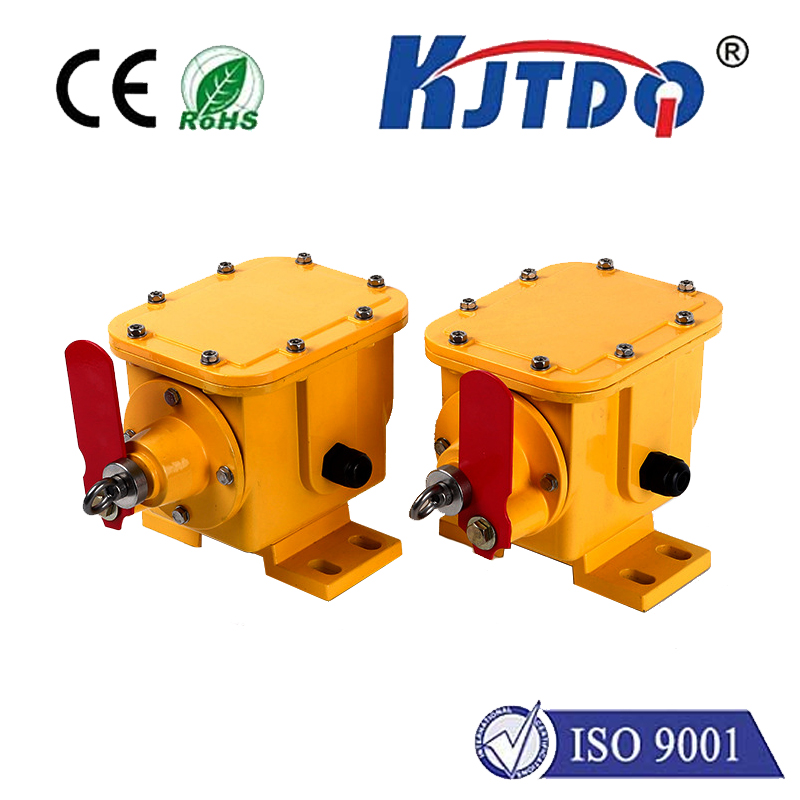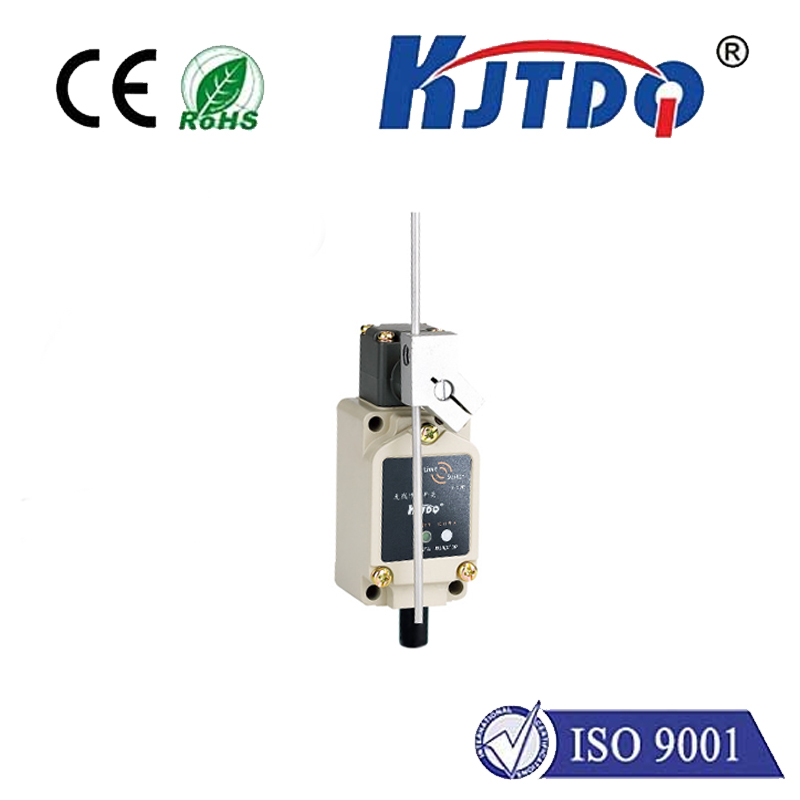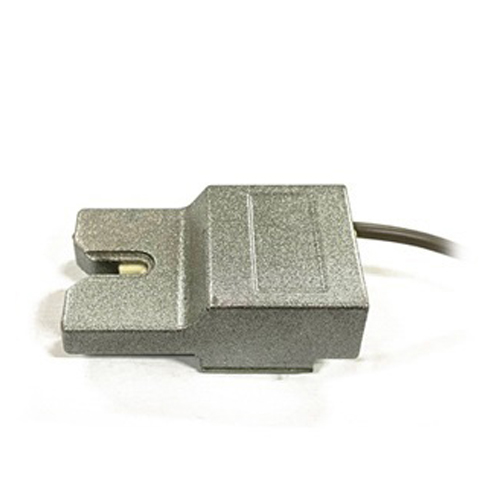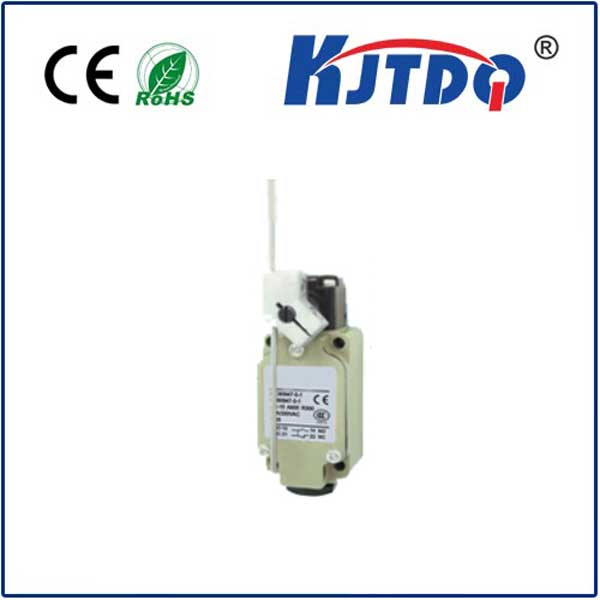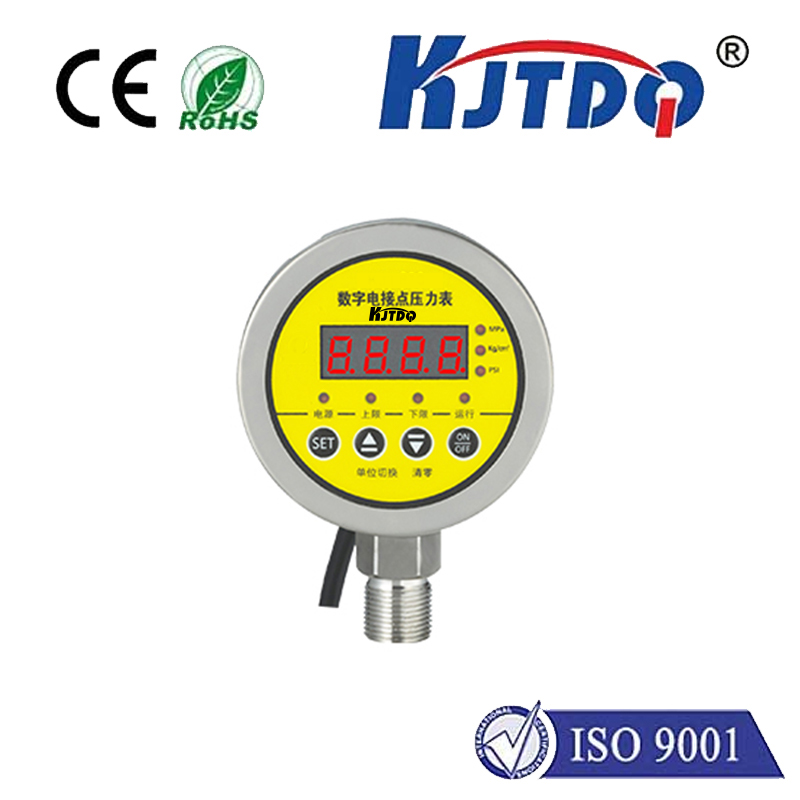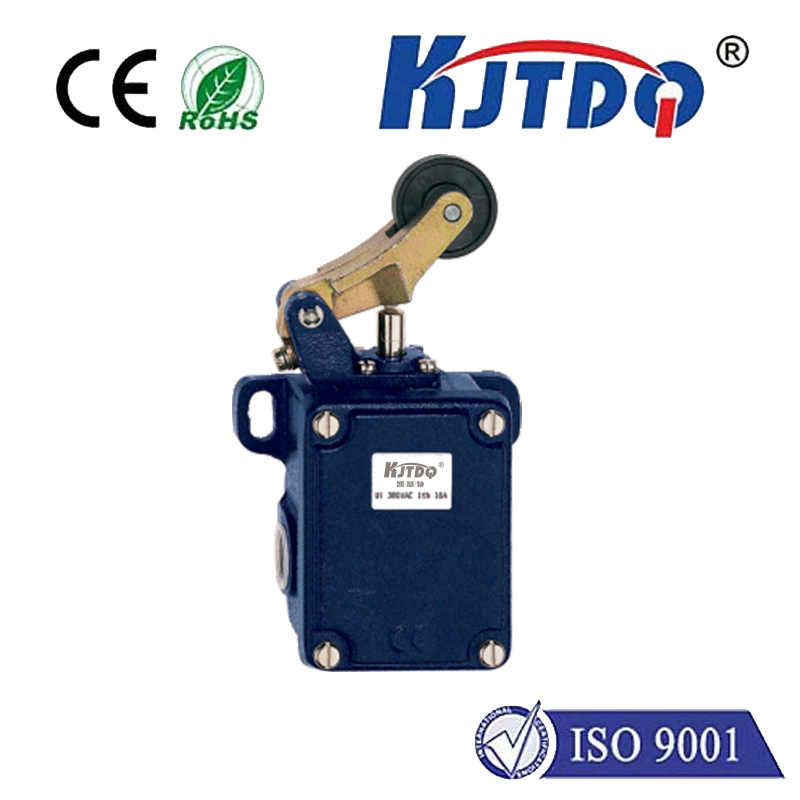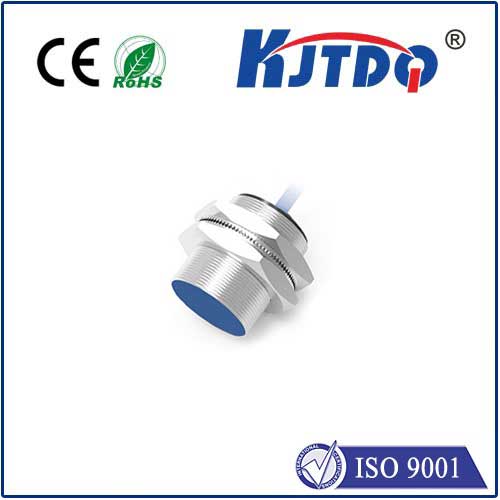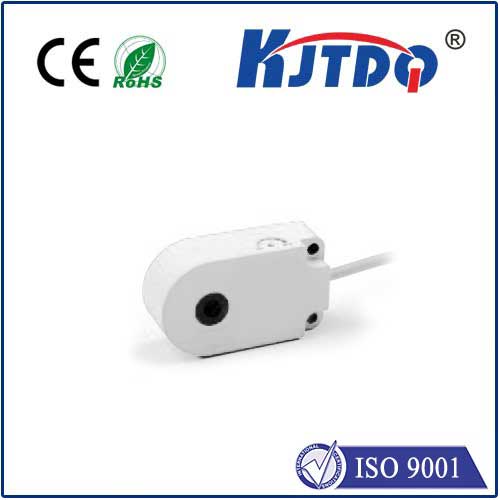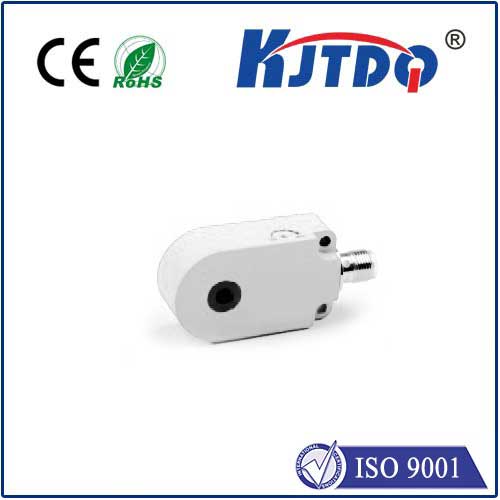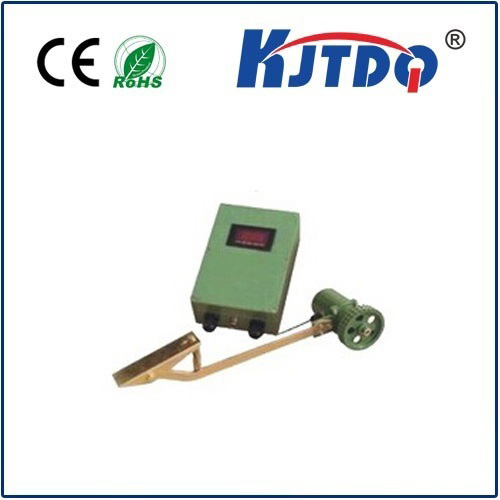

check

check

check

check

check

check

check

check

check

check
Title: Unlocking the Power of NLLAA Limit Switch: An Essential Component for Industrial Automation
In today's fast-paced and highly competitive industrial environment, automation has become a crucial aspect of production efficiency and cost-effectiveness. One such component that plays a vital role in achieving these objectives is the NLLAA limit switch. This article will delve into the significance of NLLAA limit switches and their impact on industrial automation.
NLLAA stands for National Low Voltage Audible and Illuminated Circuit Breakers. These limit switches are designed to detect the current flowing through a circuit and control its activation based on specific conditions. When the current exceeds a certain threshold, the NLLAA limit switch trips, cutting off power to the electrical circuit. This not only ensures safety but also helps in optimizing energy consumption and reducing downtime.
The primary function of an NLLAA limit switch is to protect sensitive electrical equipment from overvoltage or overcurrent damage. By monitoring the voltage and current levels, these switches can trigger an automatic shutdown in case of an overload or short circuit condition. This feature not only safeguards against physical damage but also prevents potential fire hazards that can result from electrical malfunctions.
Apart from protecting equipment, NLLAA limit switches also play a crucial role in enhancing operational efficiency. By enabling quick detection and response to electrical faults, these switches help reduce downtime and increase production output. In addition, they can be programmed to operate at specific times or under specific conditions, further optimizing energy consumption and minimizing waste.
Another significant advantage of using NLLAA limit switches is their versatility. These switches come in various configurations, making them suitable for use in a wide range of industrial applications. For example, some models are designed for high-temperature environments while others are compatible with hazardous materials handling systems. This flexibility ensures that NLLAA limit switches can be customized to meet specific requirements and ensure maximum performance in any setting.
In conclusion, NLLAA limit switches are essential components of industrial automation that offer numerous benefits. Their ability to detect and respond to electrical faults, protect equipment from damage, optimize energy consumption, and enhance operational efficiency make them indispensable tools for modern manufacturing processes. As technology continues to advance, it is expected that NLLAA limit switches will evolve and become even more sophisticated, further revolutionizing industrial automation and ensuring sustainable growth in the years ahead.
